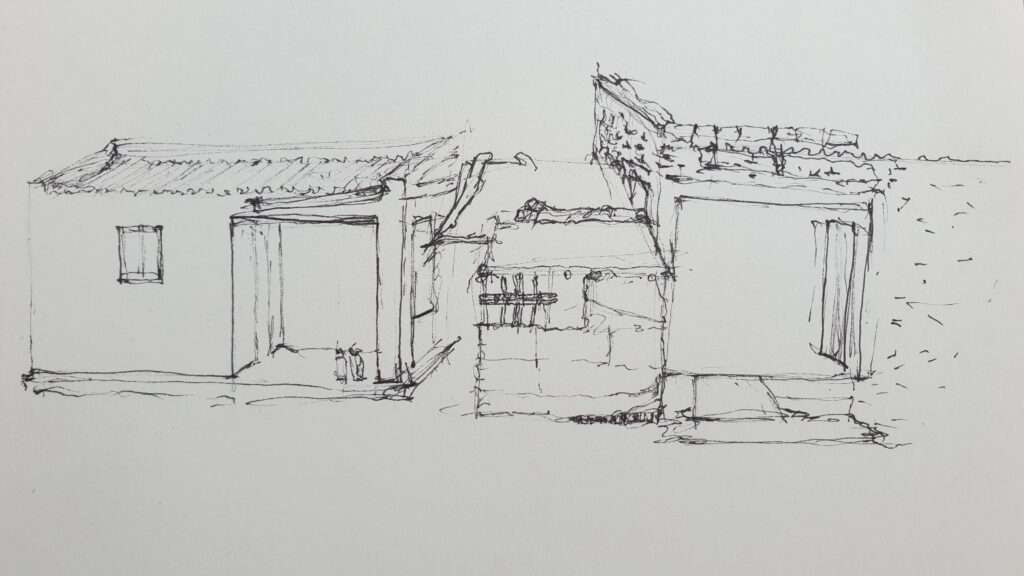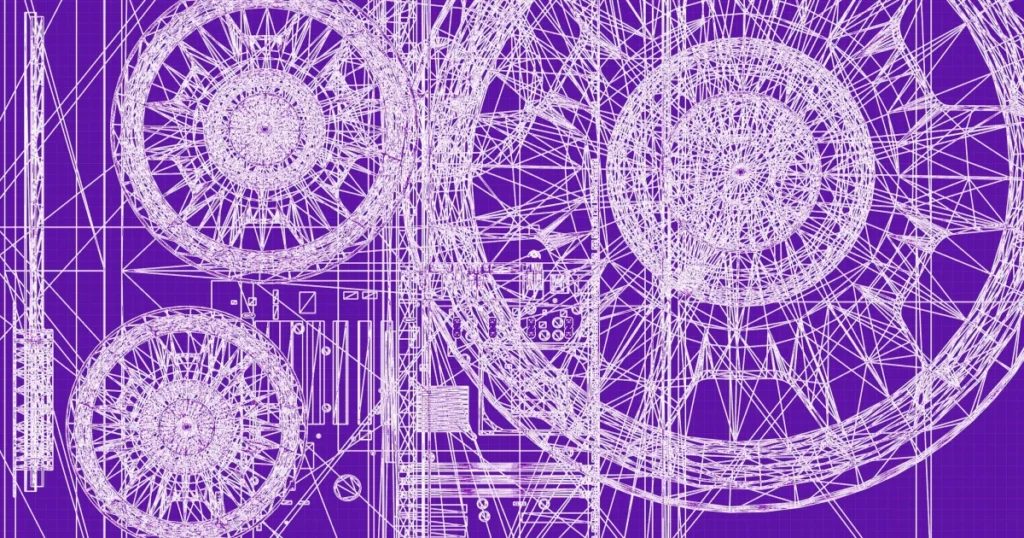Street art or urban art is a movement and a subversive, ephemeral mode of artistic expression that takes place outdoors in public places and plays with the crossing of spatial and legal boundaries. For 60 years, Street Art has been embodying freedom of expression and raising social awareness, and has taken over the world’s largest museum: the street, sparking a veritable visual and popular revolution. Most Street Art artists want above all to express themselves freely, and for their work to be seen by as many people as possible in the public space, where their visual signatures, gradually memorised, will enable them to achieve a form of celebrity to which they aspire.
Street art encompasses writing (also known as graffiti), mural painting, trompe-l’œil, stencils, comic strips, poster art, mosaics, stickers, collages and installations. With the advent of enamel paints sold in aerosol cans, originally intended for cars, some graffiti took on an aesthetic vocation.
Although graffiti writing is thought to have originated in Philadelphia in the early 60s, it was in New York in the 70s that this mode of expression first asserted itself. With the conjunction of various aesthetic movements and an American socio-cultural and economic context in crisis, undermined by the oil crisis and the fiasco of the Vietnam War, the city that never sleeps was on the verge of bankruptcy, with a combination of poverty, racial segregation and gang warfare. At the same time, in Europe, artists were beginning to paint on open surfaces, invoking a desire to get out of museums and private spaces and address the man in the street, cultivating popular themes and styles often linked to social demands. But it was from May 1968 onwards that street art as an individual initiative began to flourish in France, and first and foremost in Paris, with posters of a political nature produced as part of the protest movement of the time and the emergence of the counter-culture. In the early 1970s, the pioneering artist Zloty spray-painted ghostly silhouettes in the huge construction site known as the “trou des Halles” in Paris. Ernest Pignon-Ernest, in turn, illegally painted a fresco on the walls of the Bourse du Commerce, also located in the Halles district and now home to the Pinault Collection. These two artists had not received any commissions and their actions were simply spontaneous and rebellious. “He didn’t know that he was creating a movement that would become Street Art. He didn’t know that he was the first. And 60 years later, he is one of those who initiated the most universal artistic movement in existence”, says Gautier Jourdain, Zloty’s agent.
In the 80s, writing became a massive phenomenon that eventually spread to every European metropolis. And in Paris, during this decade of euphoria and celebration, the French capital was a giant construction site (the site of the old Halles de Paris, the hole in the future Forum des Halles, Beaubourg, the Cour Napoléon at the Louvre, Place Stalingrad) where interventions by artists like Speedy Graphito, the Ripoulain brothers, Bando and Epsylon Point, all of whom have since become famous, appropriating wastelands and hoardings as their favourite means of expression, until the spaces became saturated and public opinion began to see “urban vandalism” as more important than “street art”.
The 90s were a period of repression and recession, with the RATP and SNCF prosecuting graffiti artists and media trials. It was also a time when the capital was being cleaned up in preparation for the 1998 Football World Cup. But the term “Street Art” also made its appearance, with new types of urban artists such as Space Invader, Zevs and André, and graffiti was finally catalogued and mapped. The development of poster collage and stickers spread as more established and legally less risky modes of communication.
The 2000s were a politically and socially turbulent period (September 11, the 2002 presidential elections, the war in Iraq, riots in the suburbs), which gave rise to anti-advertising movements. While urban art – due to its marginal nature, characterised by the choice of a street-based medium and the ephemeral nature of the work – was quite naturally opposed to the art market, since it could not be bought, it was the beginning of recognition by the art world, with a proliferation of exhibitions, festivals and official invitations, festivals, official invitations to create on monumental façades and the first auction organised by Artcurial, all testifying to the growing legitimacy of Street Art and the work of artists who also develop their works in the studio. The Fédération de l’Art Urbain was also created in October 2018 with the support of the Ministry of Culture, which at the same time commissioned a national study on urban art in France. Because today, the Street Art of the counterculture has made its way into the museum and the share of urban art in the contemporary art market is increasing significantly with some of these living artists surpassing deceased artists in terms of sales.
So, over the decades, with its myriad outdoor and indoor creations, exhibitions, events and happenings, publications and documentaries, Street Art has continued to grow in popularity and has become an essential part of the contemporary art scene in Paris, France and many other places around the world. Let’s set off to discover a selection of the most emblematic locations and the most recent events on the subject across the city of Paris.
- To celebrate 60 years of Street Art in 2023, the City of Paris organised the exhibition CAPITALE(S), between 15 October 2022 and 3 June 2023, bringing together the creations of more than 70 emblematic French and international artists – including Invader, Miss.Tic, André, Swoon and Banksy – who have made Paris one of the major scenes for urban art over the last six decades.
- The Grand Palais Immersif hosted Loading – urban art in the digital age, from 6 December 2023 to 1 July 2024. At first glance, graffiti and screens don’t seem to have much in common… And yet! From New York subways to paintings created or filmed with the help of drones, from the great murals of the 2000s to the most recent developments in graffiti vandalism, spectacular actions and diversions, the exhibition enabled us to discover urban art in all its facets, through unprecedented digital experiences.
- Another not-to-be-missed venue in the capital is the Bansky museum, which from June 2019 until December 2030, offers a permanent exhibition in a temporary museum space, with an immersion into the heart of the artist’s work and a journey that transcends borders. From Paris to London, from Bristol to Bethlehem, from Los Angeles to Port Talbot, Banksy is a cross-border commuter, an ephemeral migrant, a universal citizen who transmits messages that are just as universal. An apparently British artist who works under a pseudonym and whose real name and identity remain unknown, he has been the subject of speculation since the 1990s and likes to cultivate mystery.
- In the run-up to the 2024 Paris Olympics, Street Art Avenue is a 5km urban art trail along the Canal Saint-Denis. Launched in 2016, the project has grown every year and now boasts more than 30 works reflecting a wide variety of techniques and influences. As part of the Cultural Olympiad, Plaine Commune is extending the existing route to transform Street Art Avenue into a real place for local residents to live and exhibit their art. The 2024 edition was inaugurated at the end of March with the presentation of new works by emerging and internationally renowned artists.
- In the run-up to the Olympic Games in Paris, around twenty 3×3 outdoor basketball pitches were renovated and given a Street Art makeover thanks to a partnership with the French Basketball Federation. The aim was to improve access to outdoor sport, particularly in working-class neighbourhoods, while bringing art and sport together through the work of international and local artists committed to the area they represent. So even if New York remains at the top of the streetball league, Paris has nothing to be ashamed of!
- Still linked to the Olympics, the masters of street art are also invited to the party, taking over the Petit Palais for the first time. The We are here exhibition, running from 12 June to 17 November 2024, has been devised with mischief and a touch of provocation, offering us a skilful dialogue between the architecture of the premises built for the 1900 Universal Exhibition, the classic works of art from the museum’s permanent collections and the committed creations of thirteen street artists of national and international renown, such as Seth, Shepard Fairey, Invader and Conor Harrington. This unprecedented encounter is intended as a cry of revolt against society and the academic circles reserved for the elite, inviting us to take a bold stroll, almost like a treasure hunt.
- And finally, Boulevard Paris 13 is a street art trail initiated by the Itinerrance gallery. A total of 32 frescoes can be seen on Boulevard Vincent Auriol, which has become a showcase for 26 urban artists of 14 different nationalities. A new museum concept that is enriched year after year with new works, deeply rooted in the urban space, and bringing together on this axis of the 13th arrondissement of Paris, the great French and international names of Street Art: Shepard Fairey, Invader, D*Face, Seth, Conor Harrington, Hush, Daleast, Add Fuel, C215, BTOY, Cryptik, Tristan Eaton, Ethos, Faile, HowNosm, Inti, Jana&JS, David De La Mano, Maye, M-City, Pantonio, Roa, Sainer, ST4, Stew, and Vhilson this axis of the 13th arrondissement in Paris the great French and international names in Street Art: Shepard Fairey, Invader, D*Face, Seth, Conor Harrington, Hush, Daleast, Add Fuel, C215, BTOY, Cryptik, Tristan Eaton, Ethos, Faile, HowNosm, Inti, Jana&JS, David De La Mano, Maye, M-City, Pantonio, Roa, Sainer, ST4, Stew, and Vhils.
When art takes to the streets and never stops surprising us, we want more!
Text by Christine Cibert.









